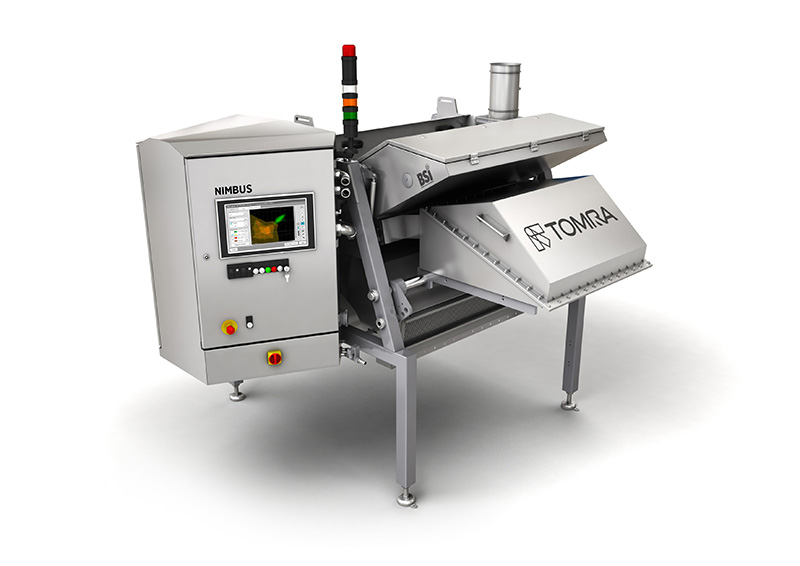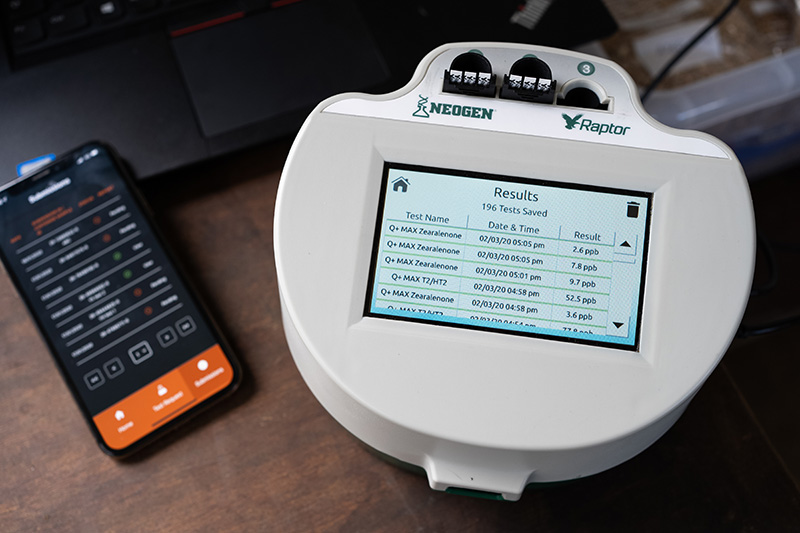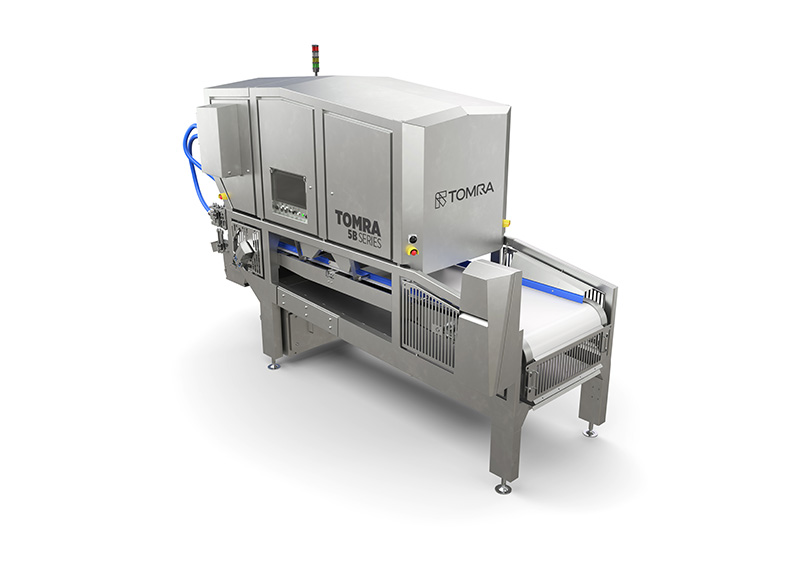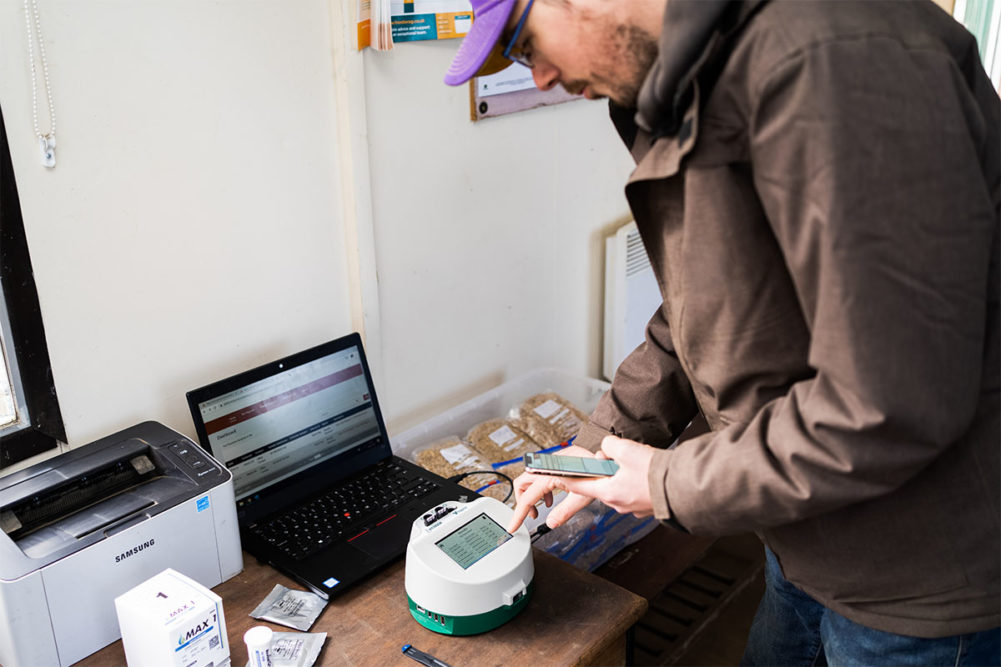This article was published in the January 2024 issue of Pet Food Processing. Read it and other articles from this issue in our January digital edition.
Like any food, pet food carries safety risks, including contamination from foreign material and the presence of mycotoxins and bacteria like Salmonella. Pet food processors play a vital role in mitigating these hazards, safeguarding the wellbeing of both pets and their owners.
Billie Johnson, Ph.D., food safety and regulatory compliance manager for BHJ North America, Omaha, Neb., shed light on the parallel between human and pet food processing.
“Not unlike the human food side, pet food also experiences the same types of hazards within food processing,” said Billie Johnson, Ph.D., BHJ North America.
“Not unlike the human food side, pet food also experiences the same types of hazards within food processing,” she explained. “These hazards include biological, chemical and physical hazards. For the pet food manufacturer or even the supplier of raw ingredients to the pet food chain, controlling these hazards or possible contaminations is imperative to ensuring food safe pet food for both humans and pets.”
Material contamination risks
Controlling contamination is a multifaceted challenge in pet food manufacturing. As the industry grows, so does the sophistication of contamination management strategies. TOMRA, a leader in sorting technology, identifies two main sources of material contamination in pet food production.
“Firstly, foreign materials like plastic, metal, glass and bones typically come in with the raw materials or occur during the process in the production plant,” said Lars Povlsen, global category director, protein, TOMRA, Asker Municipality, Norway. “This applies to both wet and dry pet food production. Secondly, cross-contamination in dry pet food production is also a challenge. This is when a mix-up of different recipes occurs.”
To address the challenge of foreign material (FM) contamination, many companies implement Hazard Analysis and Critical Control Points (HACCP). This preventive approach targets safety from biological, chemical and physical hazards in production, aiming to reduce these risks to a safe level before they reach the consumer.
“Conventional methods like metal detection and x-ray systems are then used to safeguard the process against dense foreign materials such as metal, stones and glass,” Povlsen continued. “These are effective, but the challenge remains with less dense materials like plastic, liner, bone fragments, wood, paper, etc., which metal detectors and x-ray systems may not detect. This is where optical sorting comes into play. We are now seeing more companies in this industry installing in-line optical sorting systems, using advanced sensor technology to sort out all the foreign materials that can’t be detected by other means.”
When it comes to controlling the risk of cross-contamination in dry pet food production, Povlsen recommends taking a proactive approach and investing in advanced optical sorting technology. This investment not only streamlines the manufacturing process but also enhances food safety measures.
“Having an optical sorter with the latest technology installed means a recipe change is just a click of a button,” Povlsen said. “Not using optical sorting can make the process more complicated and less safe. Without it, more intensive cleaning and product dumps between two recipes become part of the daily routine, which is both time-consuming and wasteful.”

TOMRA’s Nimbus BSI+ is designed to identify and sort out meat, bone meal and biscuit residue from dry kibble.
| Source: TOMRAThe pet food industry has continually evolved its safety protocols to address and mitigate risks throughout the production process. This evolution is a direct response to historical challenges, demonstrating a commitment to both the wellbeing of pets and peace of mind for pet owners.
“The pet food industry has seen a number of issues with recalls for Salmonella spp. contamination, vitamin D excess, and foreign material contamination,” Johnson said. “These risk factors, which can arise at any point from raw ingredient supply to processing and warehousing, necessitate a vigilant approach to safety.”
Ensuring the integrity of pet food involves vigilant management at every stage of production. Critical control points (CCPs) are strategically established to address potential risks, tailored to the unique processes of both wet and dry pet food manufacturing. These CCPs are not just checkpoints but are part of a comprehensive approach to prevent contamination and safeguard the health of pets and their owners.
“For wet pet food, having a safe process in the inbound area is essential,” Povlsen said. “Here, a metal detector is a given and standard. However, by first implementing an optical sorter, the process will also be safeguarded against plastic, hairnets, bones, gloves, etc. The right sorter will be able not only to sort out the foreign materials but also to identify the type of FM and quantify how much per batch. This way, the process can be monitored in real-time; batches containing, for example, too many bones, can be stopped before going into the mixer, and each batch and supplier can be traced back.”
In the final stages of dry pet food production, attention to detail is crucial. The addition of an optical sorter in the line is key, ensuring the precise removal of any foreign materials and safeguarding the quality of final product.
Adapting safety protocols to the specific circumstances of each production site demonstrates the dynamic nature of risk management in the pet food industry. Recognizing that no two facilities are the same, the industry employs a targeted approach to critical control points, ensuring that safety measures are as effective as they are specific.
“Determining critical control points or preventive controls is an important part of the site food safety team as well as understanding what can be controlled through prerequisite programs,” said Billie Johnson, Ph.D., BHJ North America.
“Determining CCPs or preventive controls is an important part of the site food safety team as well as understanding what can be controlled through prerequisite programs,” Johnson said. “Some sites may determine that contamination is most likely to occur within the processing lines where metal-on-metal contamination risks may exist, and thus implement a metal detection system as part of their CCPs. This will be based on history for the site, possible customer complaints, as well as industry events. A good understanding of what constitutes a ‘risk’ is important for each site and can allow differing plants, that may exist side by side, to have differing critical control points.”
Unseen safety challenges
In pet food production, addressing visible contaminants is crucial, but the unseen dangers like mycotoxins and pathogens in raw food present a more insidious challenge. Mycotoxins are toxic compounds produced by molds and harmful bacteria, and require advanced safety strategies for effective management.
“Mycotoxins can be a serious threat to our pets’ health, and there is a risk of mycotoxin contamination in many common pet food ingredients,” said Kami Grandeen, sales manager, North America companion animal business, Alltech, Lexington, Ky. “Testing is key to understanding the risk. Alltech conducts a yearly Harvest Analysis in the United States, testing over 400 ingredient samples from across the country. The final report provides the most relevant mycotoxin insights to empower choices on ingredient purchasing and development of a testing strategy.”

RAPIDREAD™ from Alltech connects portable test devices with mobile technology to provide mycotoxin risk readings instantly.
| Source: AlltechAlltech, a leading global animal health and nutrition company, has also developed a rapid mycotoxin detection test that can be conducted on-site to provide quick and accurate results. This technology empowers pet food manufacturers with the ability to take proactive measures in preventing mycotoxin contamination in their products.
“Mitigation starts with understanding the risk through identification and quantification,” Grandeen added. “Mycotoxins can be identified and measured through testing programs like Alltech 37+®, using mass spectrometry (LCMS-MS) to identify 54 mycotoxins, or through Alltech® RAPIREAD™, a quick way to identify six common mycotoxins. Both 37+ and RAPIREAD data can be uploaded to the Mycotoxin Management Portal and stored in a secure location. The portal is an easy way to analyze and interpret results to understand the risk of mycotoxins across ingredients and diets. Once the risk is known, the pet food manufacturer can make a more informed choice on ingredient usage and potential nutritional solutions to mitigate mycotoxins.”
In raw pet food production, the absence of heat treatment like cooking or extrusion creates safety challenges and necessitates strict hygiene and quality control measures to manage risks associated with raw ingredients.
“Salmonella species and Listeria monocytogenes are the biggest concerns in the raw pet food production realm, and even though it is rare for the pet to actually become sick due to these pathogens, the humans handling the food can in fact become exposed and fall ill due to these pathogens,” Johnson said. “For this reason, raw pet food processors are seeking differing ways to eliminate and mitigate the bacterial pathogens that may be present in the raw food. This may include processes such as high pressure processing, radio frequency pasteurization, and freeze drying. Important to any of the steps used to mitigate biological hazard risks is the critical records needed, reviewed and verified by trained personnel before shipment to the customer.”
Advancements in control
The pet food industry is continuously embracing technological innovations to enhance contamination control. Recent advancements focus not only on detecting and removing foreign materials, but also on ensuring the quality and consistency of pet food products. From optical sorting machines to advanced scanning technologies, these innovations play a pivotal role in brand protection, reducing recall risks, and maintaining operational efficiency.
“Some recent advances in foreign material contamination mitigation strategies include the use of optical sorting machines, fluid bed technology, gravity separation, UV light detection equipment and laser equipment,” Johnson said. “Most important, however, to any foreign material prevention program (FMPP) is ensuring that placement of the detection equipment is at the last point of processing in the manufacturing chain, and that a determination is made as to the most common type of foreign material being seen in the production environment. Low density plastic such as plastic wraps are a common concern but very difficult to detect in x-ray systems.”

When processing wet pet food, processors can use the TOMRA 5B belt sorter to safeguard against foreign material and bones before ingredients go into the mixer.
| Source: TOMRAThe evolution in contamination control methods is transforming pet food production. Advanced technologies are now at the forefront of ensuring quality and safety, a focus that’s exemplified by TOMRA’s innovative solutions for both dry and wet pet food processing.
“The TOMRA Nimbus ensures the highest quality dry kibbles by scanning and controlling each one against the chosen recipe,” Povlsen said. “With its advanced technology, the composition of each kibble is analyzed, allowing only those that meet the desired composition (e.g., salmon-based) to be included. This guarantees unique quality, brand protection and minimal downtime, with zero recalls.
“Similarly, for wet food, the TOMRA 5B is setting the standard in the inbound area safeguarding against FM and bones before the mixer. It offers unique sorting performance at high capacities and state of the art product and supplier control,” he added.
Through further research and development of new technologies, the industry can work toward minimizing risks and ensuring high standards in pet food production.
Read more about pet food safety on our Operations page.





